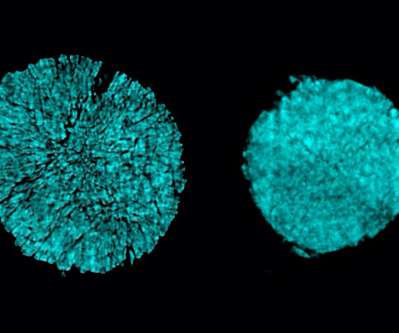MIT electrolyte enables ultra-high voltage Ni-rich cathodes in Li-metal batteries
Green Car Congress
MARCH 26, 2021
MIT researchers and colleagues at two national laboratories have developed a sulfonamide-based electrolyte that enables stable cycling of a commercial LiNi 0.8 A limited cyclable Li inventory can be easily depleted by side reactions or become kinetically unreachable due to electronic/ionic isolation. —Jeremiah Johnson.
















Let's personalize your content